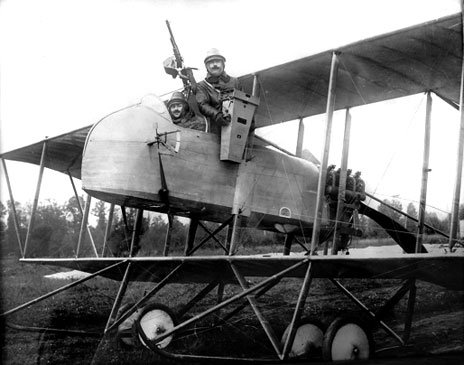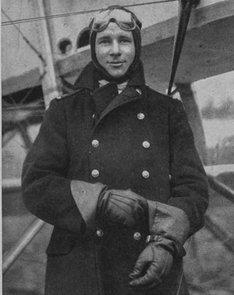A Brief History of No 201 “Guernsey’s Own” Squadron

Covering the first and second world wars, as well as the inter-war years and more recent operations, this short account also includes some details of the Squadron’s affiliation with the island of Guernsey and the Fincastle Trophy. It concludes with a list of the Squadron’s battle honours. Read article.
Flight Sub-Lieutenant Rex Warneford VC

A biographical note on the early life of one of the Squadron’s pioneers, renowned and decorated for his daring and successful attack on a Zeppelin airship, previously feared to be indestructible. Also includes details of Warneford’s association with King Edward VI School, Stratford-upon-Avon (KES). Read article.